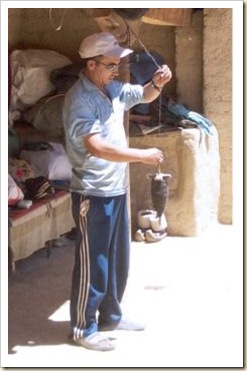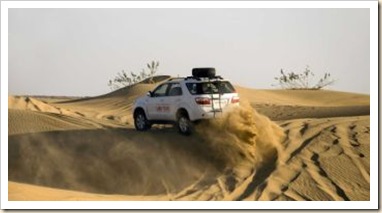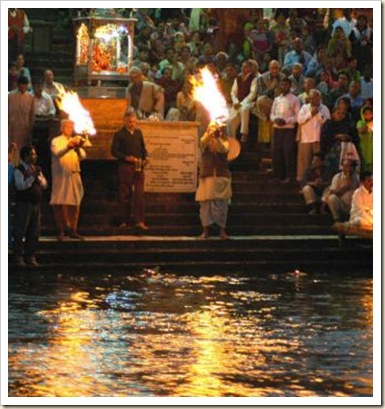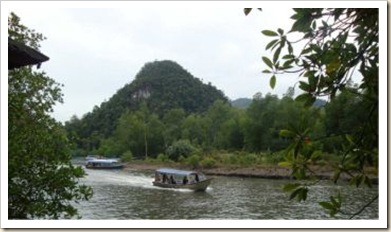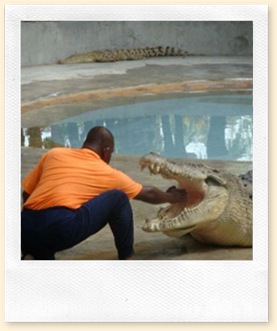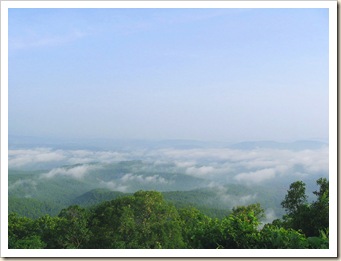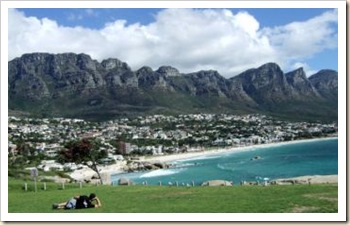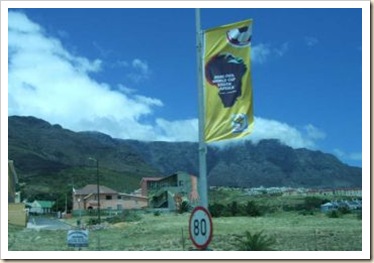Gateway to heaven
SUDHA MADHAVAN
Perched in the heady heights of the Himalayas, Sikkim offers a blend of breathtaking scenery and a unique cultural landscape…
Nathu la was also a part of the ancient ‘Silk route' and trade between Tibet and India.
Sitting cosily ensconced between the erstwhile kingdom of Nepal and the Bhutanese monarchy is the state of Sikkim. An erstwhile monarchy ruled by the Chogyals; due to security and administrative problems it was granted statehood, on May 16, 1975, becoming the 22nd state of the Indian Democracy.
It is an absolute tourist paradise, with all places of interest just involving ‘not-too-long' jeep rides and ‘just- that-little' climb-ups, to place you deftly in the middle of the most amazing monasteries, lakes and the grandeur of the second tallest peak, the Khangchendzonga.
The approach to the historic Nathu La Pass is from Gangtok, situated at an altitude1700 metres, approximately 5,570 feet above sea level. The climate is moderately cool, ranging between 20 and 25 degrees in summers (touching around 6 degrees in winters) an enchanting hill station and the capital of Sikkim. And it affords an easy approach to the Soungo Lake, the Rabendtse ruins of the ancient capital of Sikkim, the Rumtek monastery, the Pemayangtse monastery, the Institute of Tibetology, the Guru Dongmar lake, Do drul Chortem, and the famous Nathu La pass. And of course, the enchanting Pelling, with its breathtaking view of Khanchengdzonga (Kanchenjunga)!
Thrilling experience
Nathu la was also a part of the ancient ‘Silk route' and trade between Tibet and India. Fifty-six km from Gangtok, it is approachable by jeep, the climb up the mountain roads where you gain thousands of feet in a matter of a few hours is thrilling and an unforgettable experience. The pass is situated at the Indo-Chinese border, at a height of 14,200 feet and stays covered with snow most of the year.
The Chang is the local Sikkimese variety of home-made toddy, using millet. Being rich in calcium and iron, it is considered health giving and energising and seen as a good substitute for mother's milk for infants. In Sikkim, this millet is winnowed, cleaned, and then boiled. The swollen grains are then drained, gently beaten with a wooden pestle, mixed with yeast and then left to ferment for three to four days. In this period it gains a wonderful flavour. This is then used to make warm energy filled drinks. It is perfectly delicious, warm and wonderfully relaxing! Not to say, quite as heady as wine! One can keep adding warm water as long as the flavour is not diluted.
The carpets of Sikkim derive their designs from the auspicious symbols of Denzong, and the hundreds of variety of orchids, flora and fauna. Thick, rich and quite heavy, these are hand-woven from wool sourced from Punjab. Each stitch is pressed into place with bamboo strips, kept for this purpose. It is hard labour that needs nifty fingers and sharp focus.
Hand woven fabrics by the Lepchas, in the form of cushion covers, long strapped shoulder bags and belts, wraps, purses and tote bags, uniformly have the traditional designs of arrow heads, hills etc. which are considered holy.
The beautiful river Teesta, which means ‘three streams', flows right through Sikkim and is a source of succour. It is also a great venue for river rafting and water sports. A gentler river, the less adventurous ones can step in without apprehension to indulge in. Rangit, the playful, turbulent tributary of the Teesta, is for the lion hearted to exact the thrill and adventure of the more dare-devil variety and exhilaration!
Hard choices
Several hydel power projects are in the offing to harness the energy resources available. Of these six were targeted in North Sikkim which is home to the original inhabitants, the ancient tribe of Lepchas. They have been actively agitating against the construction of dams on their land, going on a relay hunger strike that lasted more than 500 days. They have been partly successful in forcing the government to take a look at their grievances. Four of the six projects have been shelved.
The Lepchas, the ancient inhabitants of Sikkim are a protected tribe having dwindled to a mere 6,000 or so. The Bhutias, who came later formed a blood brotherhood deal with them to live in amity and peace. But there is an obvious undercurrent of disenchantment in the air now.
The Lepchas, the Bhutias and the Nepalese together form the populace of this beautiful hill state.The Nepalese come in search of work and livelihood. They have no ownership rights. They cannot purchase land or own a house here. Sikkim belongs therefore to the Bhutias and the Lepchas.
West Sikkim is the proud owner of the ancient and highest monastery — The Pemayangtse Monastery. This monastery is a treasure trove of ancient Thangka paintings and Buddhist sacred books and the home of Buddhist culture. The huge prayer wheel is awe-inspiring as are the ‘Thangka' paintings.
The topmost floor has an awe-inspiring pagoda-like wooden structure, the view of heaven, called the ‘ Zangdoplari', which shows the cycle of after life, the various stages that the soul passes through in its life after death!
Ancient link: The historic Nathu La pass
Air of peace
The Rumtek monastery, The largest monastery of Sikkim, provides facilities for study of Buddhism and philosophy with a comparative delving into the Vedic philosophy and the Hindu theology as well. Situated 24 km from Gangtok, it has an air of immense peace and the ideal atmosphere for learning. We had a pleasurable and informative tête-à-tête with two young Lamas, Rishi and Ringzhip, who are studying to become ‘ Acharyas'. The first level being that of the ‘Shastri'. Together the course covers a period of 11 years. The code of conduct for one aspiring to be a ‘Rimpoche' is a strict one and involves the formal severance of ties with family and relatives, as well as going into a retreat for a period of time. The hierarchy of the teacher and taught is followed meticulously, except at meal times when everyone is equal.
The Rabendtse ruins of the ancient capital of Sikkim stand about a kilometre away from the Pemayangtse Monastery. You walk down an enchanting pathway until you reach the perfectly maintained ruins. The view is absolutely thrilling! The sky is a stunning blue and the air crisp.
Tensung Namgyal, son of Phuntshog Namgyal, shifted the capital of Sikkim from Yuksom to Rabendtse in the late 17th century. The ruins of the ancient capital are scattered over a conspicuous spur, in a thickly forested valley, surrounded by a fortification of rubble. Beyond the fortification must have been the settlement for the common people. There is a lake over which is a connecting bridge.
How indeed does one fill up the senses with the sounds and sights of a place like Sikkim? There was the monastery at Tashiding of the Nyingmapa order, the rhodendron froests of Barshay and the hot springs of Reshi, yet to be done! OhYes! We shall come again!
Magnificent
Kanchenjunga reigns royally over Sikkim, now appearing and now disappearing mysteriously from view as one walks along the twists and turns of the winding lanes of Gangtok. We walked around in a daze with our eyes on the tantalising view of the mountains, tripping over things that came in the way! And feeling absolutely envious of the Sikkimese, living veritably under its magnificent presence! The thrill of seeing the sun rise on the peak and turn it golden is out of this world. We got up in the freezing cold and went up to the terrace at 5 a.m. to watch the sun touch the tip and set it afire. An unforgettable experience, indeed!

